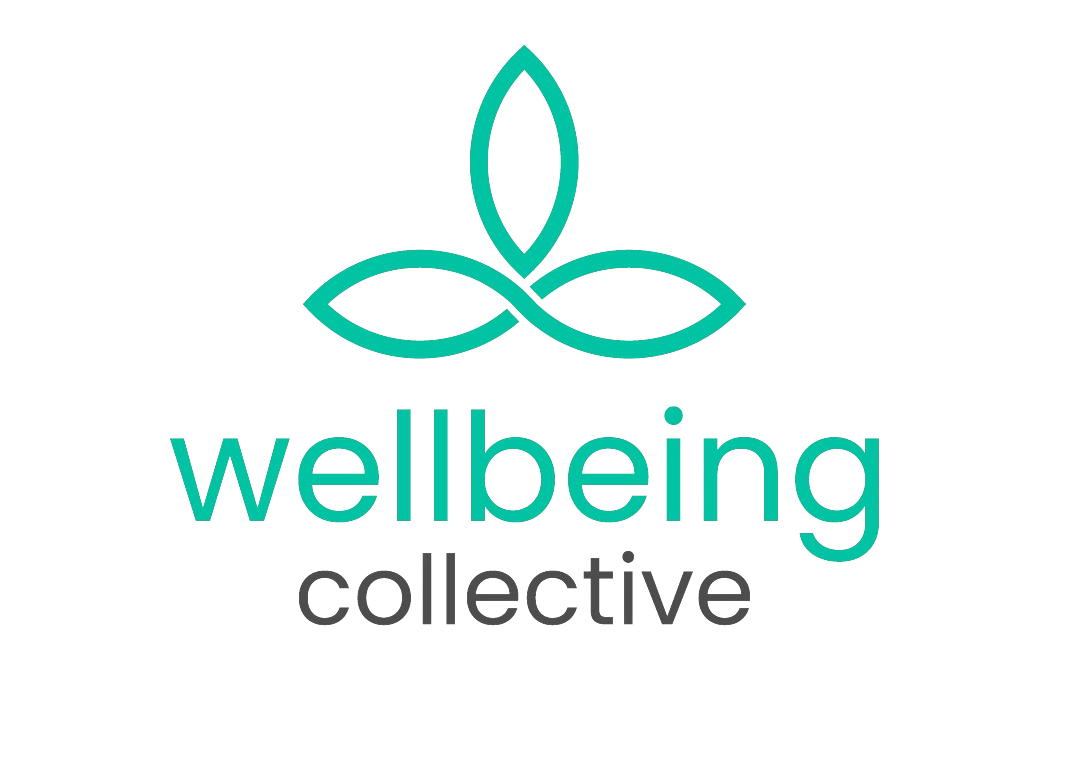Targeting the Glutes in Yin Yoga

Karina Smith is a Melbourne based Doctor of Chinese Medicine…
The glutes are a very big region of muscular tissue around the sides and back of the pelvis. There are many layers to this region, and for many people this tissue can get extremely tight. When the glutes are tight, they can pull and tug on all the surrounding bones they are attached to, which can lead to sacral pain, lower back pain and even extend down to the knees. Sometimes this is only happening only on one side of the body (because we really are not as symmetrical as we think we are!)
The awesome thing about Yin Yoga is that we focus on regions of the body, rather than trying to “master” certain postures. Which means, if a certain yin yoga posture that targets the glutes is uncomfortable, awkward or even painful for you, there are lots of other shapes you could try to help you get access to the target area, in this case the glutes.
An example here might be helpful to explain this idea a little more. In Yin yoga we practice a pose called sleeping swan. This is a shape that intentionally targets the gluteal region and the ITB of the front leg. But not everyone is going to feel comfortable in this posture. Some people might have some knee issues, or they could be pregnant, or just might not be a shape that agrees with them. If they were not given any other options in the class, having to try and get into this posture might create a lot of physical discomfort, but perhaps also an amount of mental anguish and distress.

Sleeping Swan pose.
The magical thing about targeting regions of the body as opposed to mastering the posture itself, is that this student might find an alternative shape to target their glutes that is far more comfortable to both their body and their mind. Here a just a few other possibilities that they could try:



By creating a focus around the target area of the body as the intended region to explore, Yin yoga is such a fabulous practice that allows the student to connect to the feeling of a posture, rather than what the posture looks like. This is a huge revolution in accessibility for people of all ages, body sizes and flexibility levels to all have their own in-road to explore their body, without feeling excluded because a certain posture does not agree with them.
By Dr Karina Smith.
What's Your Reaction?
Karina Smith is a Melbourne based Doctor of Chinese Medicine and Yin Yoga Teacher, Teacher Trainer & Educator. With a passion for women's health, through Yin and Chinese Medicine Karina aims to improve the health of her students, patients and clients.After years of dancing and its emphasis on performance, yoga was an unexpected beacon of self-care and restoration for Karina, where her relationship to movement shifted to something that was there to nourish her mind and body.
A year after commencing practice at the Australian Yoga Academy (AYA), Karina knew she wanted to do the yoga teacher training on offer there - and from thereon it has been a deep-dive into the rich offerings of this ancient practice.
Karina has now studied and taught yoga extensively - including two 350hr Teacher Trainings (AYA and Shantarasa Institute, India), studies under the renowned Bernie Clark and Paul Grilley, over a decade of teaching at numerous studios in her home town of Melbourne, and lecturing for The Australian Yoga Academy.
In 2018, Karina launched her own 50 Hour Yin & Functional Anatomy Teacher Training and continues to run this course. Karina’s love of Yin Yoga revealed a deeper fascination for human anatomy and led her to pursue Chinese Medicine. After graduating in 2019, she now runs her own clinic offering acupuncture, herbal therapies, moxibustion and cupping treatments.

